Presentation From the 2010 SOFT Conference in Sioux Falls
Presenters: Terry Peterson-Henry, D. O. Pediatric Palliative Care and Ellie Schellinger, MA. Medical Ethicist
Medicine, although it is grounded in the scientific method and dependent on changing technologies is, nevertheless, also both personal and intimate. Ethics is the discipline that systematically analyzes and rationally justifies the moral choices that are made (Edmund Pellegrino).
Increasingly, what is to be done or not done in a hospital setting is influenced by determining, according to ethical principles, what is the right action or treatment for an individual patient. Increasing technology, which can extend life, scarce health care resources that need to be allocated, the need to withdraw care when the patient’s health status changes, and other ambiguous or novel situations, along with a consideration of suffering during possible procedures, all require analysis by people trained in ethics. A medical ethicist works with a team of professionals to review cases in which it is unclear how to proceed medically.
Ethical Decision-making
In hospitals ethics is a collaborative enterprise and committees have been set up to focus on ethical decision-making. At Sanford Hospital (Sioux Falls, SD) there is a Biomedical Ethics Committee, which is only advisory. It makes recommendations for cases based on the facts presented and according to specific guidelines. It is multidisciplinary, consisting of 20-25 members from medicine, nursing, social work, law, chaplaincy and the community.
The members meet as consultants, both in small groups and as an entire team. There are existing guidelines to follow and common questions that must be answered for each case. The members meet as a large group to address policy challenges and development, to address new concerns and to consider new technologies. In health care various professionals deal with ethical decisions daily, but not all are ethical dilemmas requiring the support of the ethics committee.
A Difference Between and Ethical Issue and an Ethical Dilemma
There is a difference between an ethical issue and an ethical dilemma. Ethical issues arise normally as part of practice, such as confidentiality, consent and end of life decisions. Ethical issues do not necessarily involve a hard decision, just attention. An issue presents a dilemma when it seems as if there are no good options, but a decision must be made about what to do or not do.
There are common ethical issues such as confidentiality, surrogate decision making, informed consent, privacy, safety, respect for culture, integrity and honesty. There are other ethical issues, including artificial reproductive technologies, gender concerns, right to decide, fertility, sexuality, independence, and impaired decision making capability.
Ethical issues are not necessarily hard decisions. In ethical decision-making there are many considerations. Picture a balance scale with vulnerability, duty and knowledge on one side and power, obligation and innocence on the other. Choices are being decided within such dynamics. The goal is to achieve a balance with all the aspects of the individual case.
There are also ethical dilemmas that must be considered in hospitals. Ethical dilemmas do not yield clearly good or clearly right answers. There are no good options, but it is necessary to make a choice. It is a situation of being between a rock and a hard place. It is often challenging to deal with the ambiguity of ethical decisions, weighing the many aspects.
The board becomes involved when there are conflicts between what the family wants and what practitioners recommend. The problem needs to be sorted out. In the case of a major conflict between family members and the practitioners, each must meet separately with members of the board, then they must be brought together. The board facilitates discussion, clarifies the issues to those involved and hopefully arrives at a solution involving consensus.
People are often polarized, but with information and an opportunity for all involved to explain their concerns, people may hear the information differently or consider another viewpoint. There is a need to understand newer technology ethically before it is used or misused. Many ethical decisions come at the end of a patient’s life. What the board does varies with individual cases, even though there are similarities across cases.
There is no template, no cookie cutter solution. An example would be that the family wants to continue care, but the physicians believe treatment would not improve the patient’s health but only briefly prolong the life of a dying person. The decision would be whether further or new treatment should be initiated or whether the patient be kept comfortable without further treatment during the end stages of the disease.
Ethical Theory
Ethical theory has specific goals. There must be backing and explanation for the ethical judgments made. The situation must be sorted out, and it must be determined whose decision it is to make. If a physician is thinking, “I would not do that to my mom,” that is irrelevant, because the person dying is not his or her mom. The explanations, not personal opinions given serve to help families make decisions when they have been unable.
Specific vocabulary must be used to promote clear discussion. Some vocabulary such as “quality of life” is not clear and involves judgments. Decisions should lead to improved quality of life, but it must be clear what that actually means. It is hard to determine what quality of life is for another person.
There can be times when there is a decision not to do surgery because the person does not have what others consider a good quality of life. No one is asking the physician to live like that, just understand that for another his life with its limitations is fine and can be improved with surgery. Physicians must look through the patient’s angle of vision.
There must be ways to test the consistency of ethical judgments and behaviors. There must be time for clinicians to step back and assess a situation.There must be simple generalizable principles that can be applied in many situations. Guidance must be provided to resolve difficult issues with consistency.
A Framework for Decision-Making
Ethical principles must provide a framework for decision-making. Ethical principles include autonomy, non-maleficence, beneficence and justice (Beauchamp and Childress, Principles of Biomedical Ethics). Autonomy is respect for others. This means treating others in a way that allows them to act for themselves.
To violate a person’s autonomy is to treat that person merely as a means in accordance with others’ goals without regard to that person’s own goals. This could involve the goals of different aspects of the hospital, with differences for patient care, research, and teaching. Autonomy means that patients and surrogates have the right to accept or refuse treatment. Care is always situation-dependent with opportunities for negotiation and information of benefits and risk being provided.
DNR Orders
The best interest standard is a guideline. It helps others make a decision that is supportive to the patient. Some decisions involve whether to treat a dying patient. DNR is a medical order which does not mean do not treat at all, just do not resuscitate. There still can be aggressive treatment, but not a breathing machine. All family members must be in agreement if there is to be a DNR order.
DNR orders are also considered for children who have been diagnosed with what are considered lethal conditions or illnesses. One must consider treatment that is done to the child vs. done for the child in making decisions. All treatment should be done for the child, thus, in the child’s best interest.
Adults should have a living will, a durable power of attorney for health care, to guide others. It is recommended that it be discussed with family members at holidays and completed, even if it is an uncomfortable exercise. An advance directive involves an adult asking what if something happens to me, then explaining how much intervention is wanted, saving loved ones from agonizing over what the patient would want.
Nonmaleficence – Do No Harm
Nonmaleficence means to do no harm. It means an obligation to inflect no harm intentionally. If a treatment will only extend a child’s life by hours, and the child will suffer, then it should not be done. People need to step back and think about what will be accomplished and at what costs. Physicians must explain their reasoning, not just refuse to act. A child should not be put through a painful or traumatic procedure with limited or no benefit in the last hours of life.
There may be compromises. A doctor may ask if resuscitation in futile situations is ever justified. The physician must also consider the parent’s perspective. The parent may need to know that everything was done. The parent may live for decades with the guilt that comes from knowing more could have been done, that the outcome may have been different.
The question is whether knowing the parent will live with guilt is enough to justify the procedure the parents want. The doctor could determine if it is possible to treat the child and prevent pain, thus meeting the needs of both the child and his parents. There is also a difference between a procedure being futile in that situation and the futility of prolonging the life of a person with a specific disorder. Words must be carefully considered and spoken or someone gets hurt.
Beneficence – to Make Things Better
Beneficence means to make things better. It refers to an action done for the benefit of others. Again, the situation must be considered. Although conventional wisdom dictates that a Caesarian section not be done when the infant about to be born has been diagnosed with trisomy 18, it may be important for that child to be born alive, so parents can spend time with their infant, evenly briefly.
Justice means being fair, treating people justly to ensure that people receive treatment to which they are entitled. It is important that people’s rights be both recognized and protected. In using the four principles it is not about one principle taking precedence; it is about realizing which principles are in conflict and striving to attain a balance in a particular situation.
The presenters quoted Albert Jonson, who wrote:
“Ethics is the moral limitation placed on power. Thus the origins of medical ethics lie in the realization that the power of knowledge and skill brought to bear on the vulnerability of the sick can be used to exploit and dominate. The ethics of service nourished in Western medicine goes beyond prohibiting the abuse of power and demands that power be dedicated to the strengthening of the weak.”
Level the Playing Field
The role of the ethics committee may be to level the playing field in a situation where the patient is weak and the professionals are knowledgeable and powerful. Ethics requires action, as well as thought. Ethics involves an approach that involves checks and balances. Ethics considers both benefits and burdens.
There is also substituted judgment and best interest to consider. Other theories include Consequence which is a utilitarian approach, Duty which is Kantianism and Character which focuses on virtue. Ethics as action means achieving a balance. The goal of ethical decision making is to achieve the best, still not perfect course of action.
“Moral decision making is the process of discerning what that action might be in a particular situation. Our aim is to discover that course of action which best embodies respect for persons and promotes well-being.”
The Decision-making Model
The decision-making model involves dividing a square into four sections with doing the treatment and not doing the treatment the horizontal cells and harms and benefits the vertical cells. Every treatment has a harm and a benefit, say for a child. The harms may be negligible, such as the medicine tastes bad, or there may be side effects or risks of bleeding.The procedure might even be life threatening. Benefits may be minor, a slight change in lab values or might dramatically improve the child’s health.
It is also important to ask if the benefits and harms are certain or uncertain. There may not be clarity. Next, think about who gets the harms and benefits, certainly the patient but maybe also family members. Knowing the extent, certainty and focus of the harms and benefits of doing the treatment or not can help parents make an informed decision about appropriate treatment for their child.
Actions to minimize or avoid conflict
There are actions that can be taken to minimize or avoid conflict. Those involved with patients should be alert for communication issues and and be committed to sharing information. There should be agreement on the goals of treatment along with the understanding that the goals may change as the illness progresses. Consent is important, including establishing what needs to be decided, and when that decision needs to be made.
It is important to take things one step at a time, including doing time limited trials to see what happens with new treatment. There must be consideration of the angle of vision of those involved, including each parent, the child and doctor. The concerns, needs and desires of each may be different. Through the process it must be kept in mind that ethical decision-making is a long and winding road.
Personal Situations
It was in the comments, questions and discussion along with the formal presentation that the principles of ethics were applied meaningfully. Parents and physicians spoke of situations that were unclear or contradictory. People shared situations that involved unwanted outcomes or required some wrestling with the facts to determine the best course of action.
Dr. Fenton spoke of the need for parents to have more time with an imperiled newborn or know that everything possible has been done to help his survival, as well as, his need as a physician to prevent suffering in the infant. Taking time to consider the situation meant he could work to meet the parents’ needs without harming the infant. It meant looking beyond assumptions.
In the case of trisomy 18 and trisomy 13, it is usually assumed there would be no quality of life and that determination drove treatment. SOFT Parents at the presentation expressed their concern about “quality of life” as a benchmark, because they saw their children as having quality of life and therefore were worthy of treatment, but they knew others would decide otherwise.
There was mention of the Pediatrics article in which more than half of the New York City physicians surveyed indicated they would not consider resuscitation for a newborn with trisomy 18. The need for parental involvement in decision-making was discussed in terms of DNR orders. A situation was explained in which a resident acted on his DNR order, which parents knew nothing about, that resulted in the death of the patient, who had survived similar episodes previously. This was seen as illegal, as well as, a violation of ethical decision making. No physician should make unilateral decisions.
Although discussed in terms of siblings that could not agree on treatment for a dying parent, the scenario of lack of consensus was discussed, and the need when possible for a blueprint to guide those called on to make decisions and help them agree to a course of action. The emphasis throughout was on the individuality of each situation and the need for health care professionals to approach each case as unique, while cognizant of and informed by similar situations and the principles of ethical decision-making.
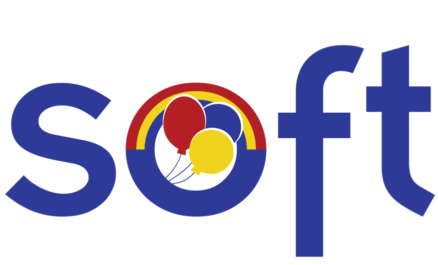

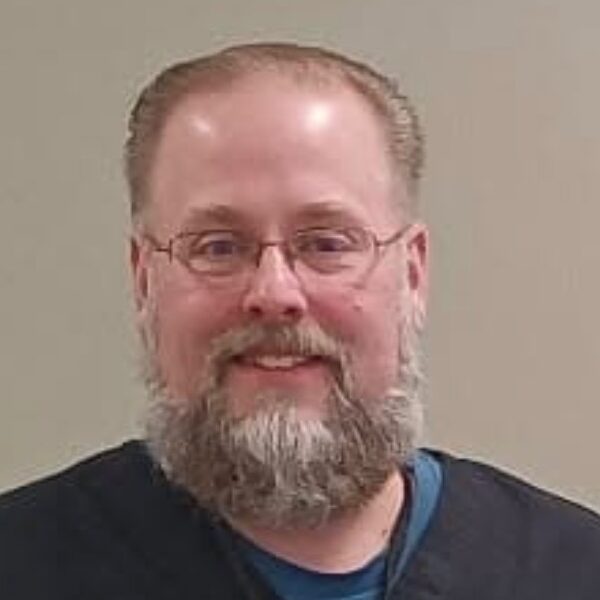





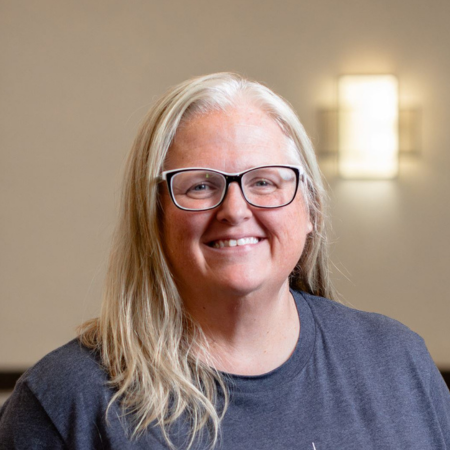




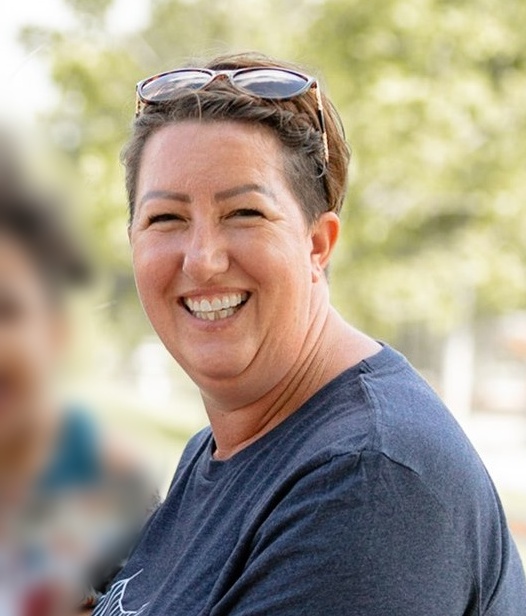
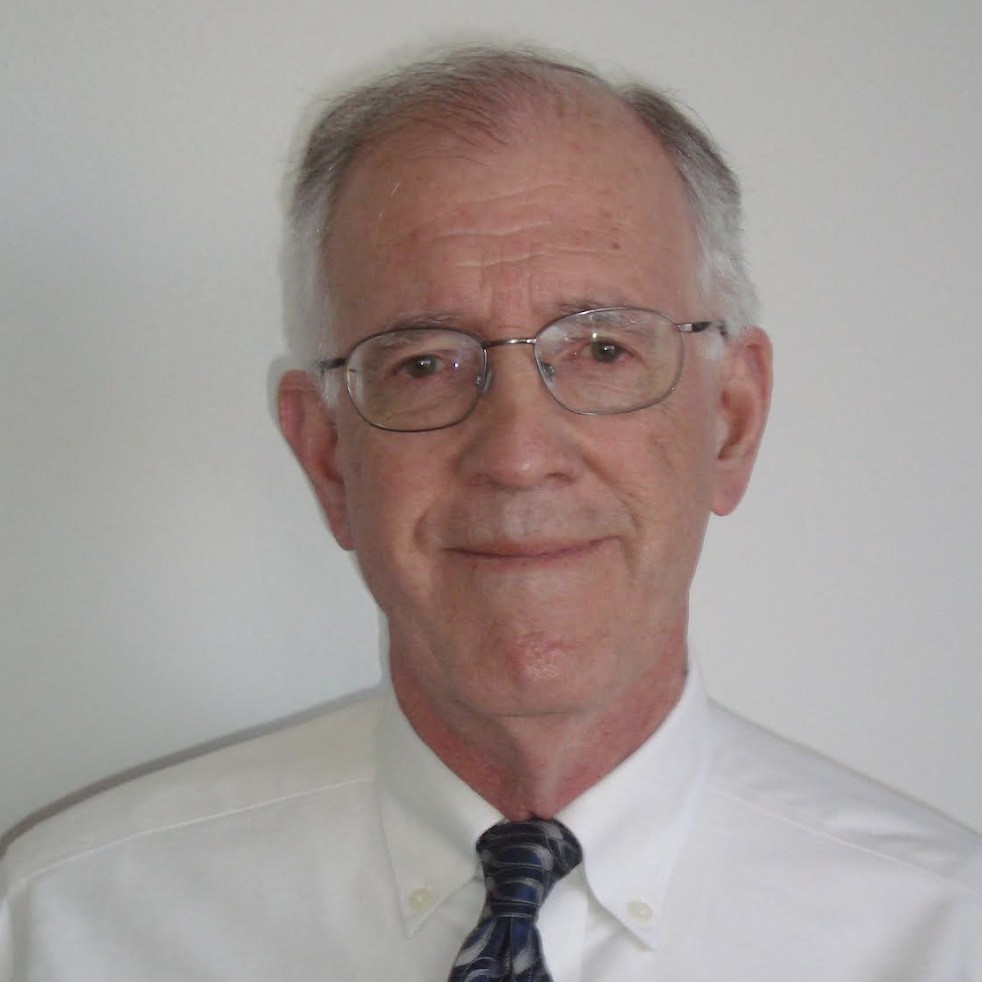



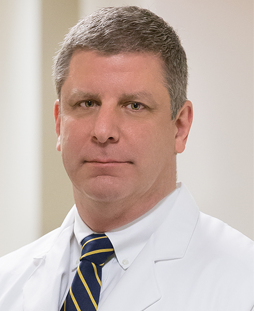



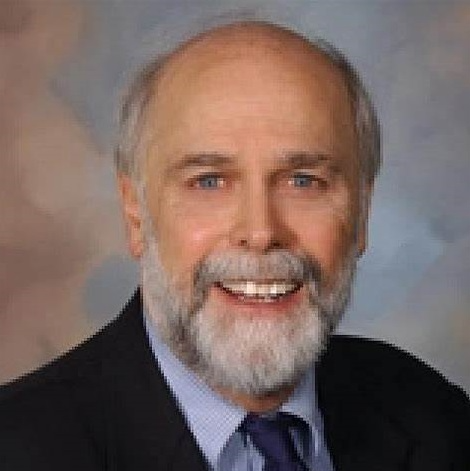


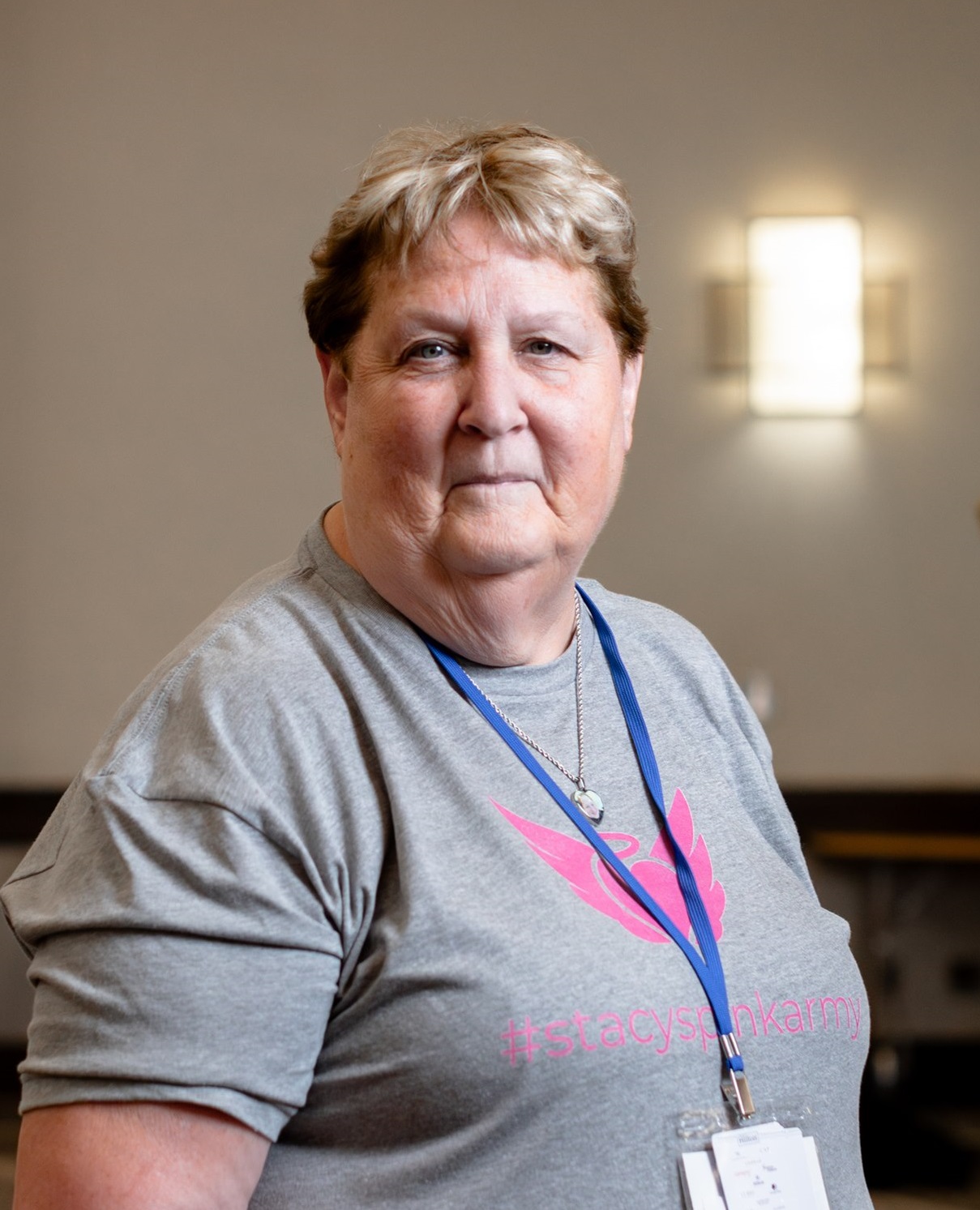
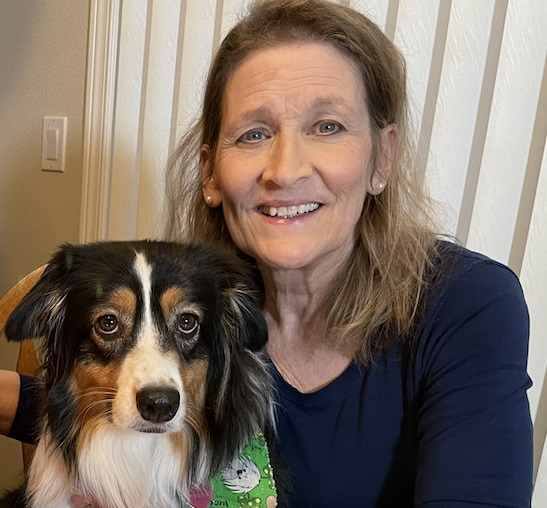


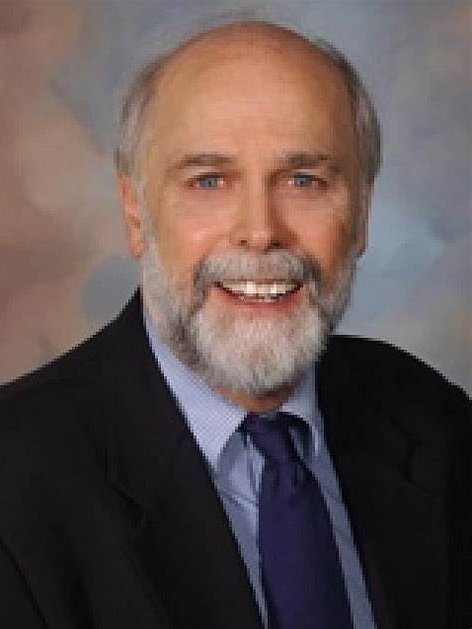
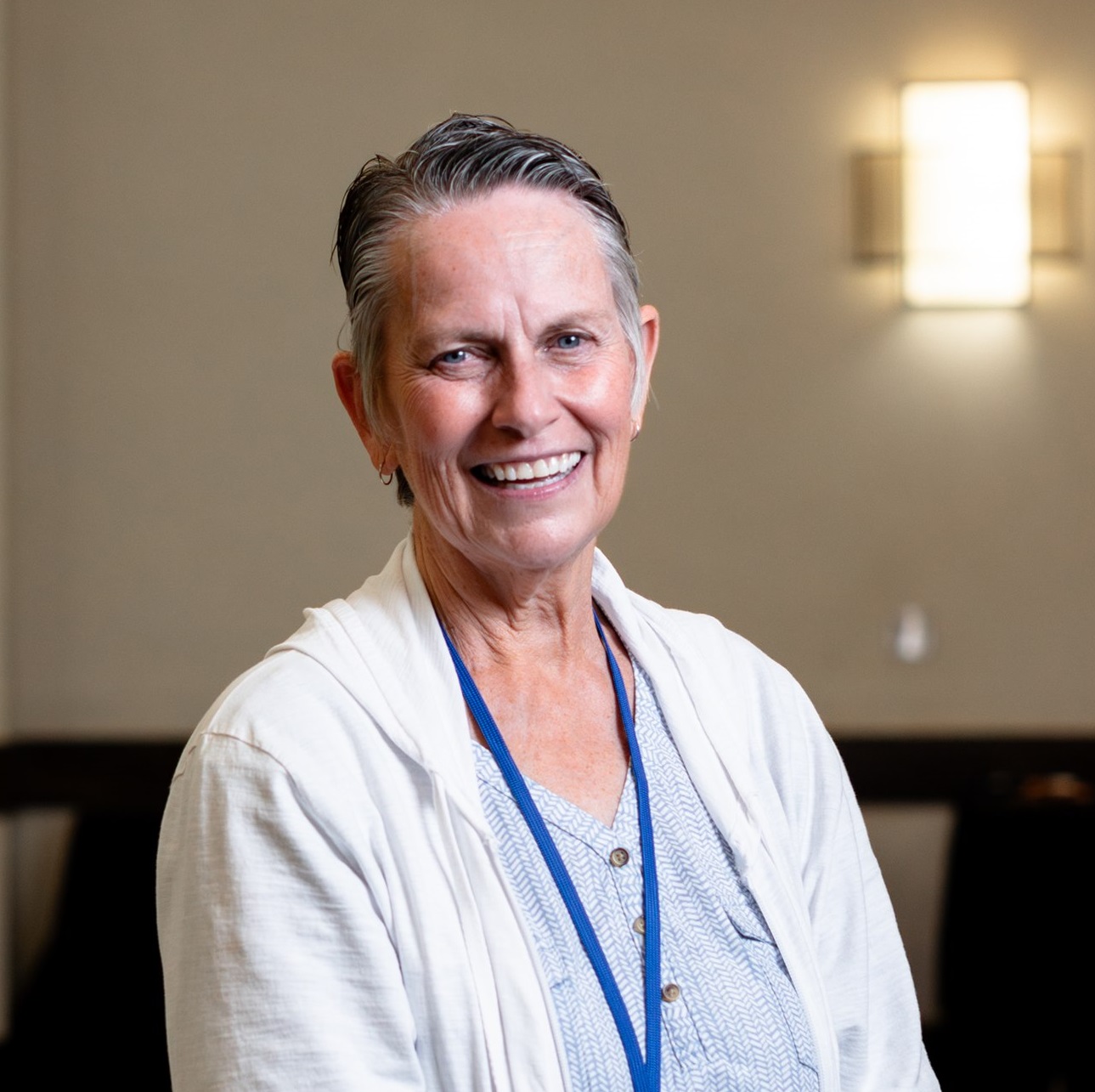

Recent Comments